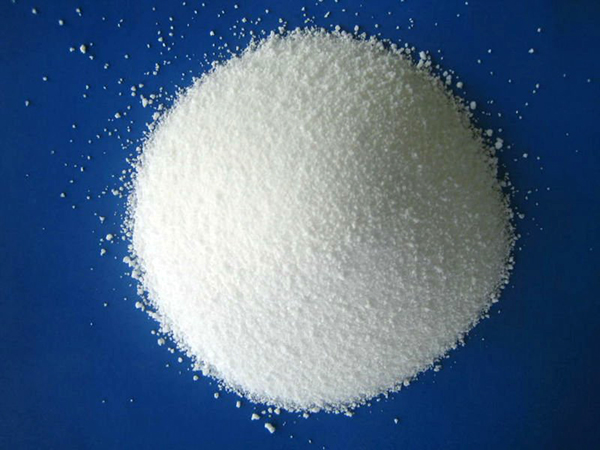The roles of anhydrous sodium sulfite and sodium chlorite in sewage treatment:
Sewage treatment is an important process to deal with water pollution. Use physical, biological, and chemical methods to treat industrial wastewater and domestic sewage to separate solid pollutants in water and reduce organic pollutants and nutrients (mainly nitrogen and phosphorus compounds) in water, thereby reducing the environmental impact of sewage. Pollution.
Anhydrous sodium sulfite is a white hexagonal prism-shaped crystal, soluble in water (at 0℃, 12.54g/100ml water; at 80℃, 283g/100ml water), the solubility is about 28% at 33.4℃, the aqueous solution is alkaline, PH The value is about 9~9.5. Slightly soluble in alcohol, insoluble in liquid chlorine and ammonia. It is easily oxidized into sodium sulfate in the air, and decomposes into sodium sulfide in case of high temperature. In order to strengthen the reducing agent, it reacts with sulfur dioxide to form sodium bisulfite, and reacts with strong acids to form corresponding salts.
Sodium chlorite is easily soluble in water (34% at 5°C; 46% at 30°C). Anhydrous materials will not decompose when heated to 350℃. Generally, products will decompose when heated to 180~200℃ because they contain moisture. The alkaline aqueous solution is stable to light, and the acidic aqueous solution is explosively decomposed by the influence of light and emits chlorine dioxide. Strong oxidant, its oxidizing capacity is 4 to 5 times that of bleaching powder, and 2 to 3 times that of bleaching powder. Contact with combustible materials and mixing with organic materials can cause an explosion.

◆ Export Business Department Ⅰ:Mr.Steven Sun
+86-15822712322
E-mail:steven@huizhongchem.com
◆ Export Business Department Ⅱ:Ms. Katherine Yang
+86-13752275385
E-mail:katherine@huizhongchem.com
◆ Factory add.:Nanpu Economic and Technological Development Zone,Tangshan
Office add.:A1-406,TEDA New Skline Mansion,No 12 Nanhai Road,TEDA Tianjin
![]()
